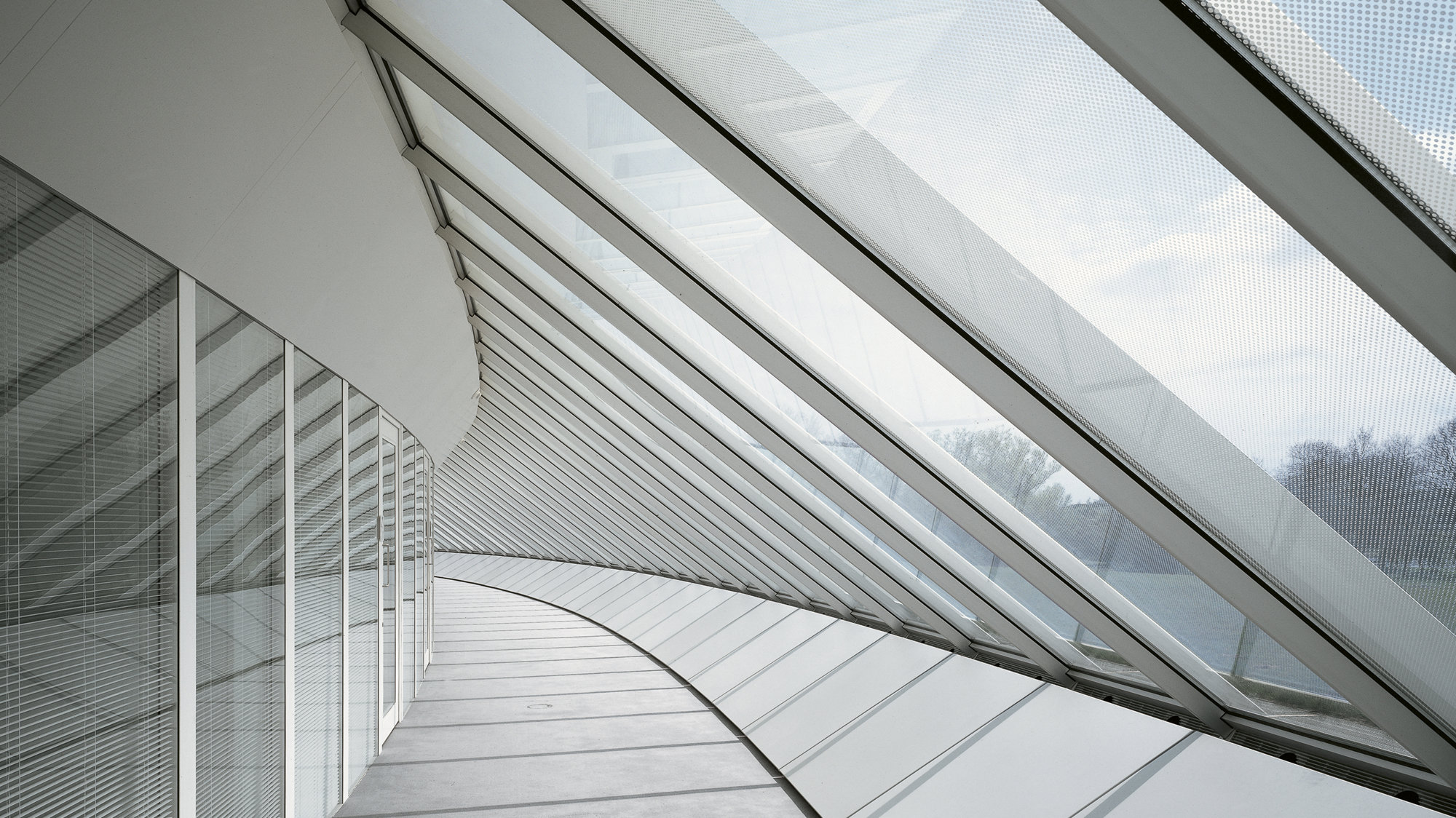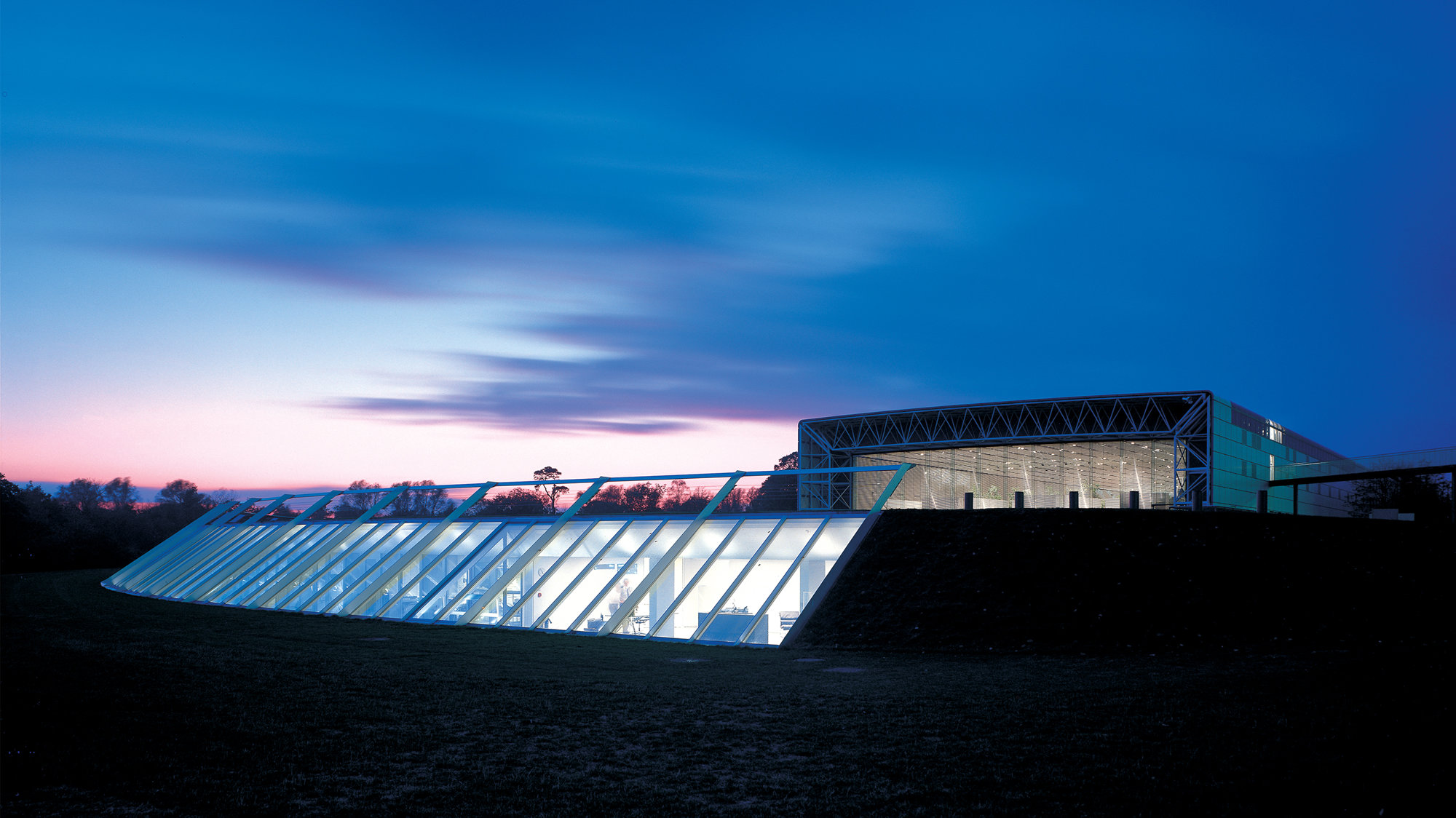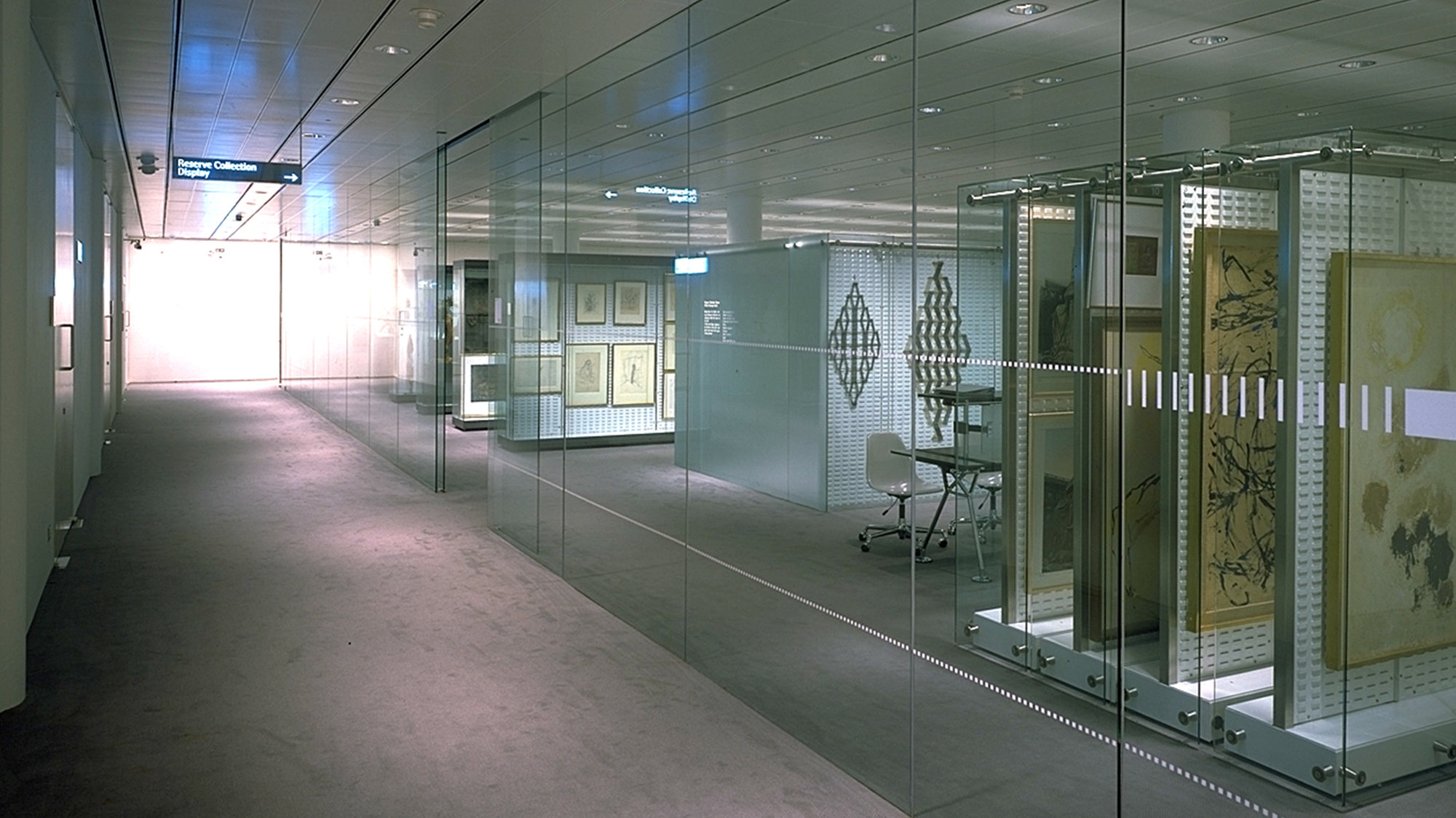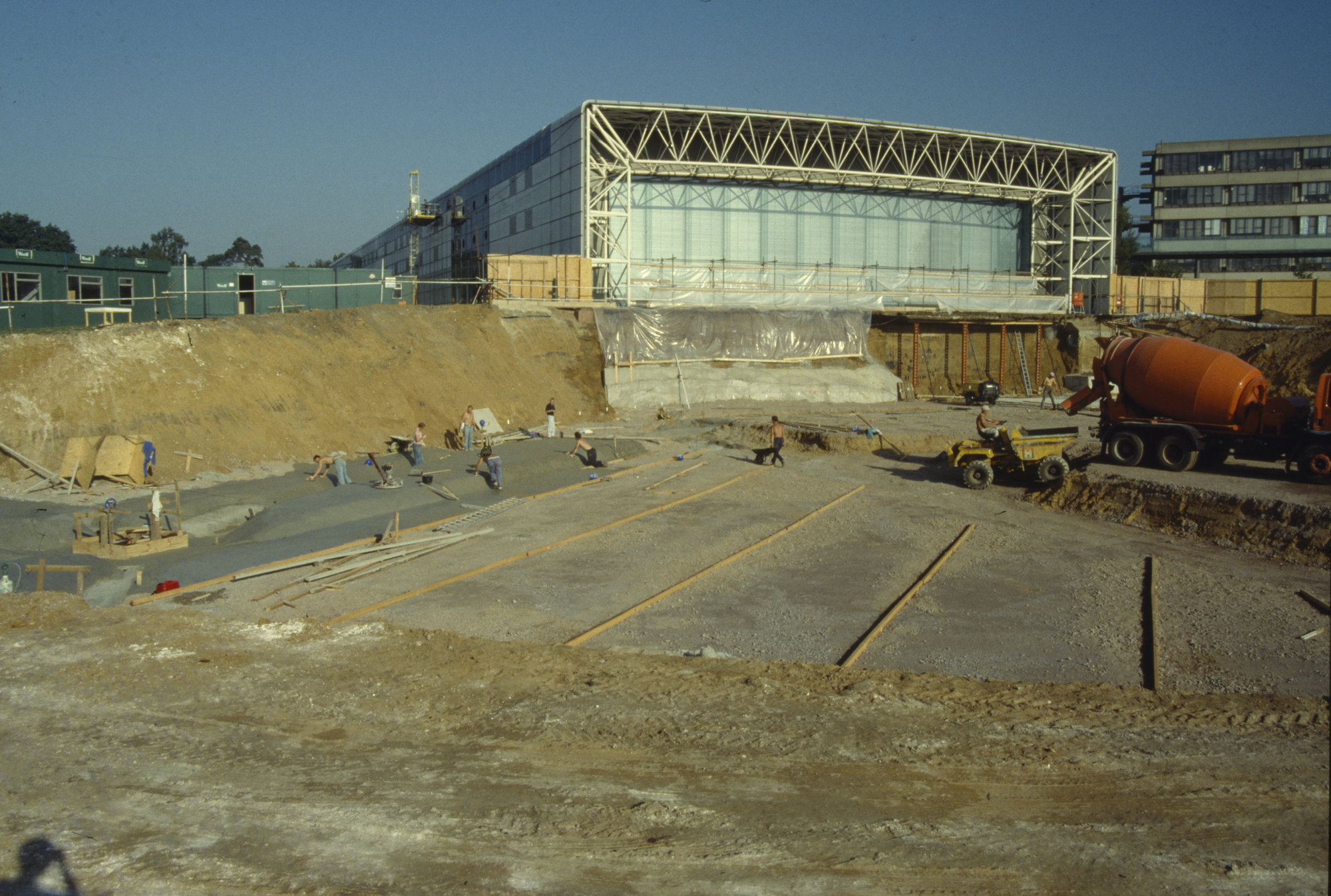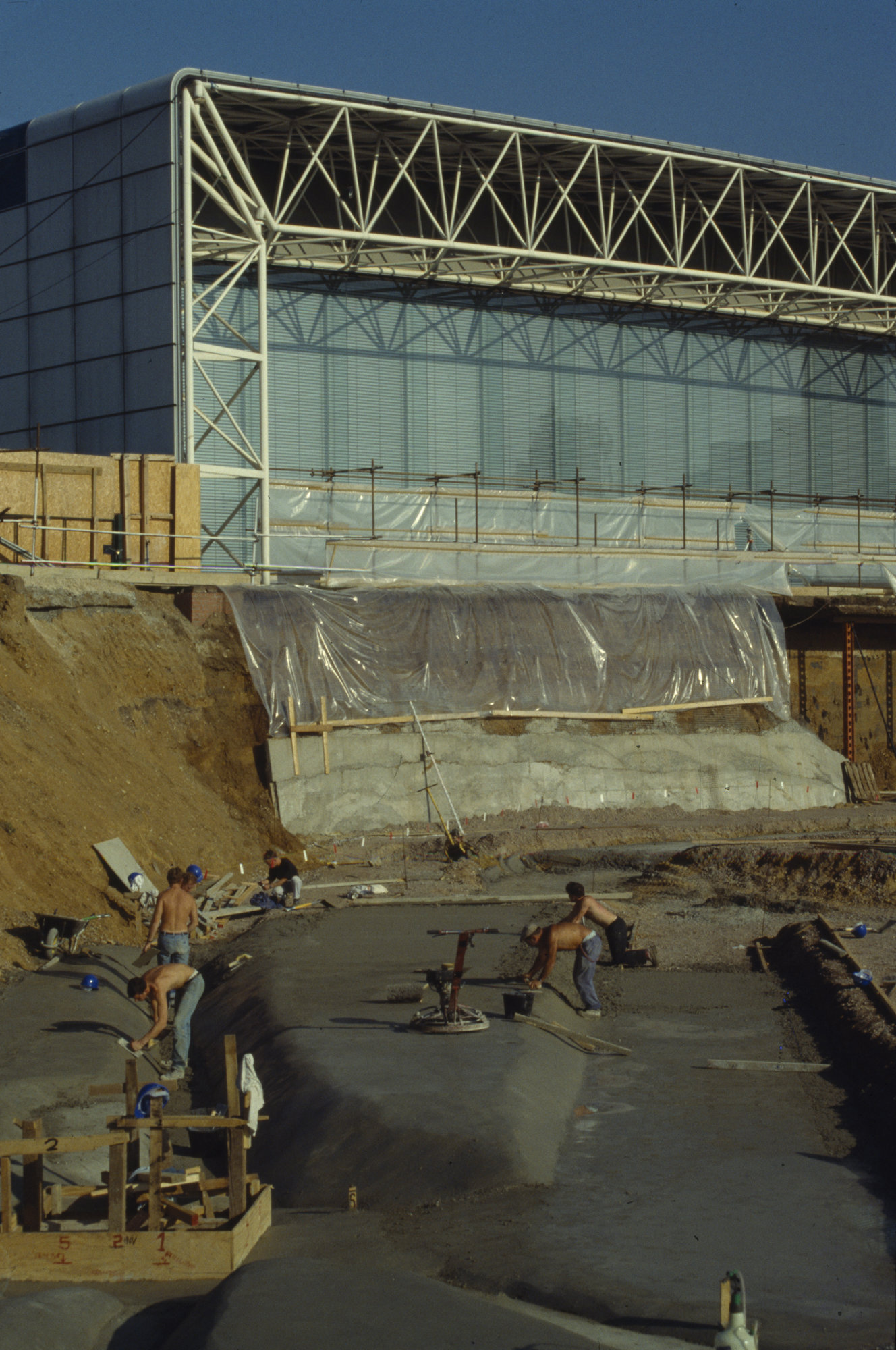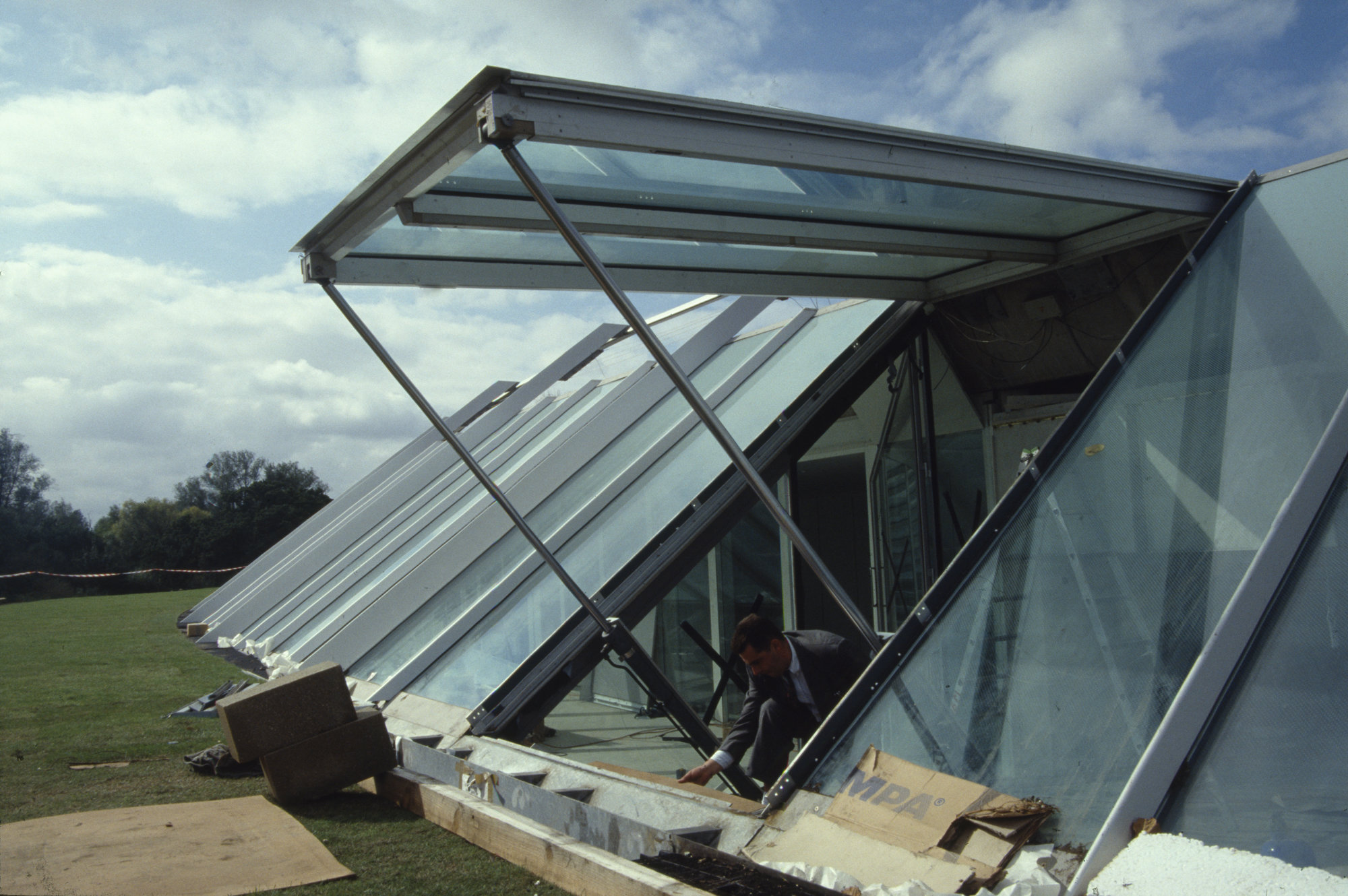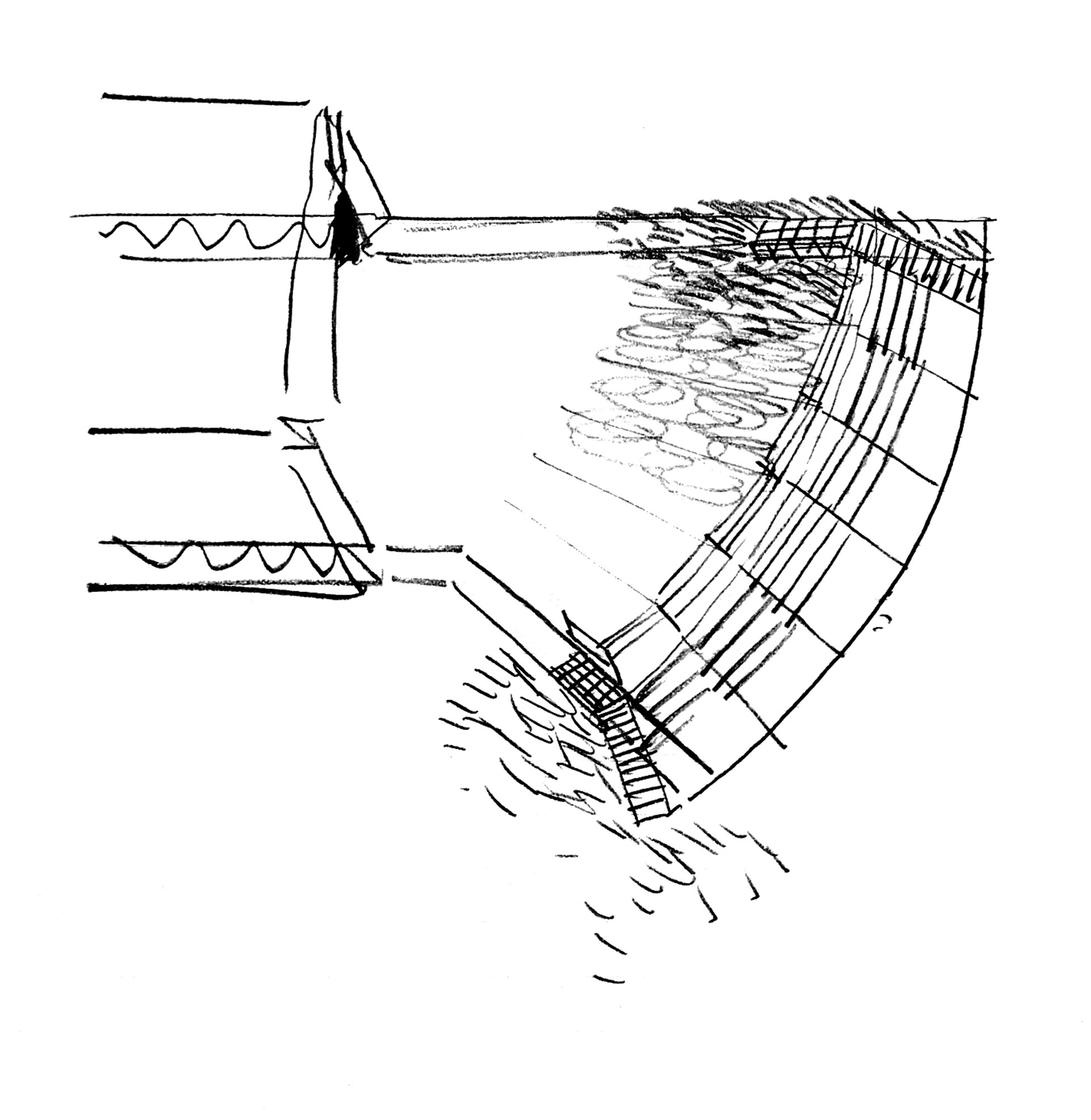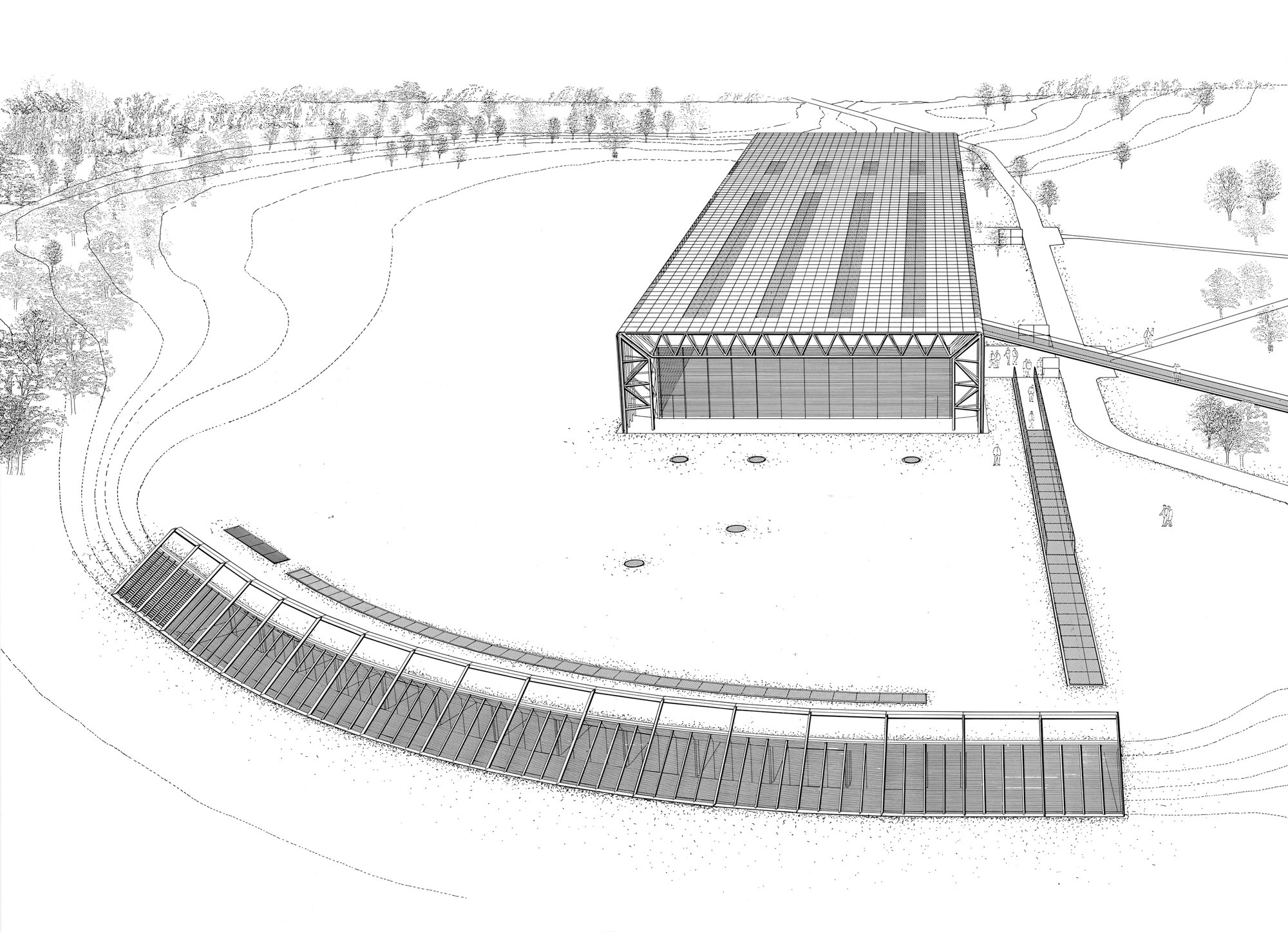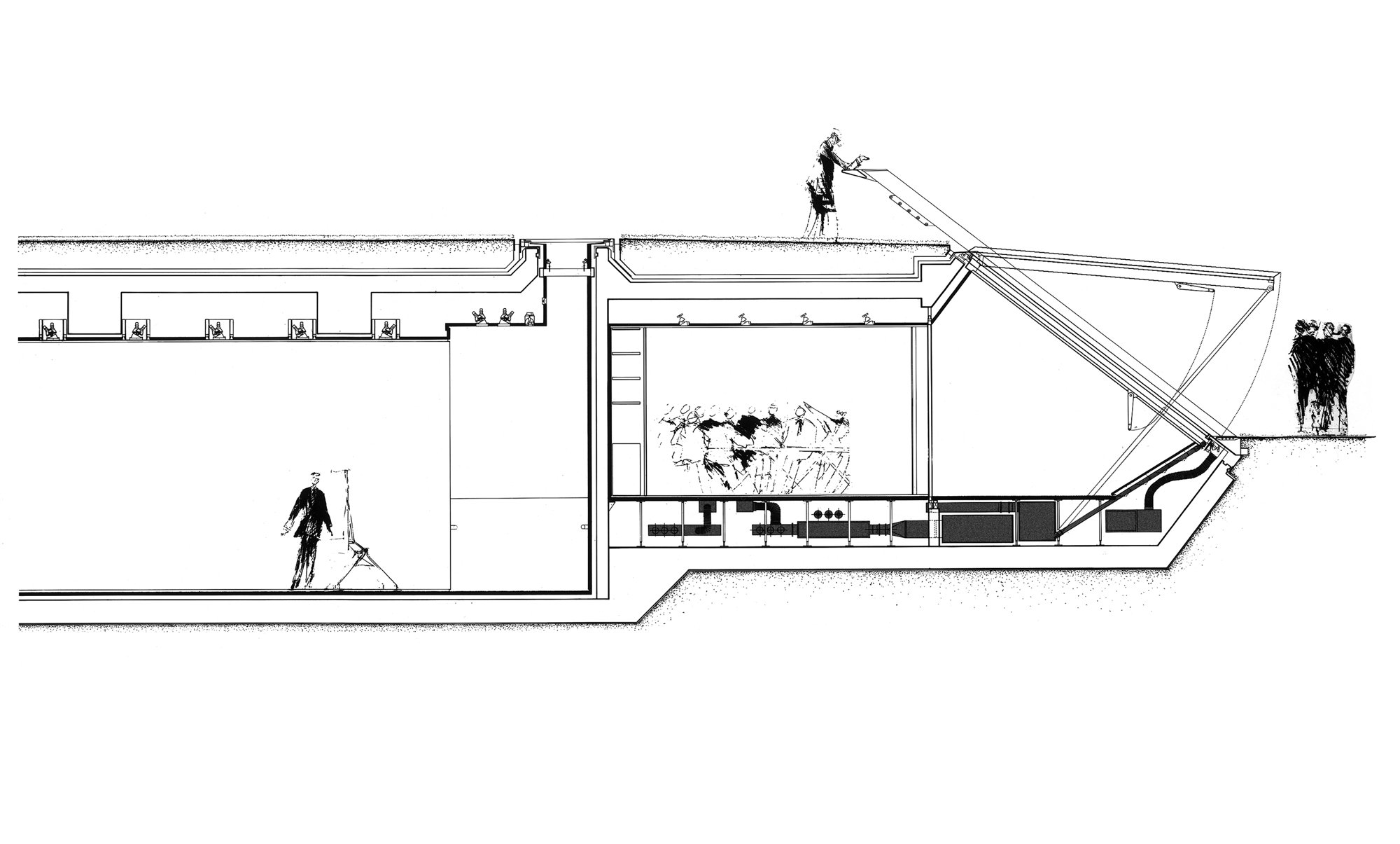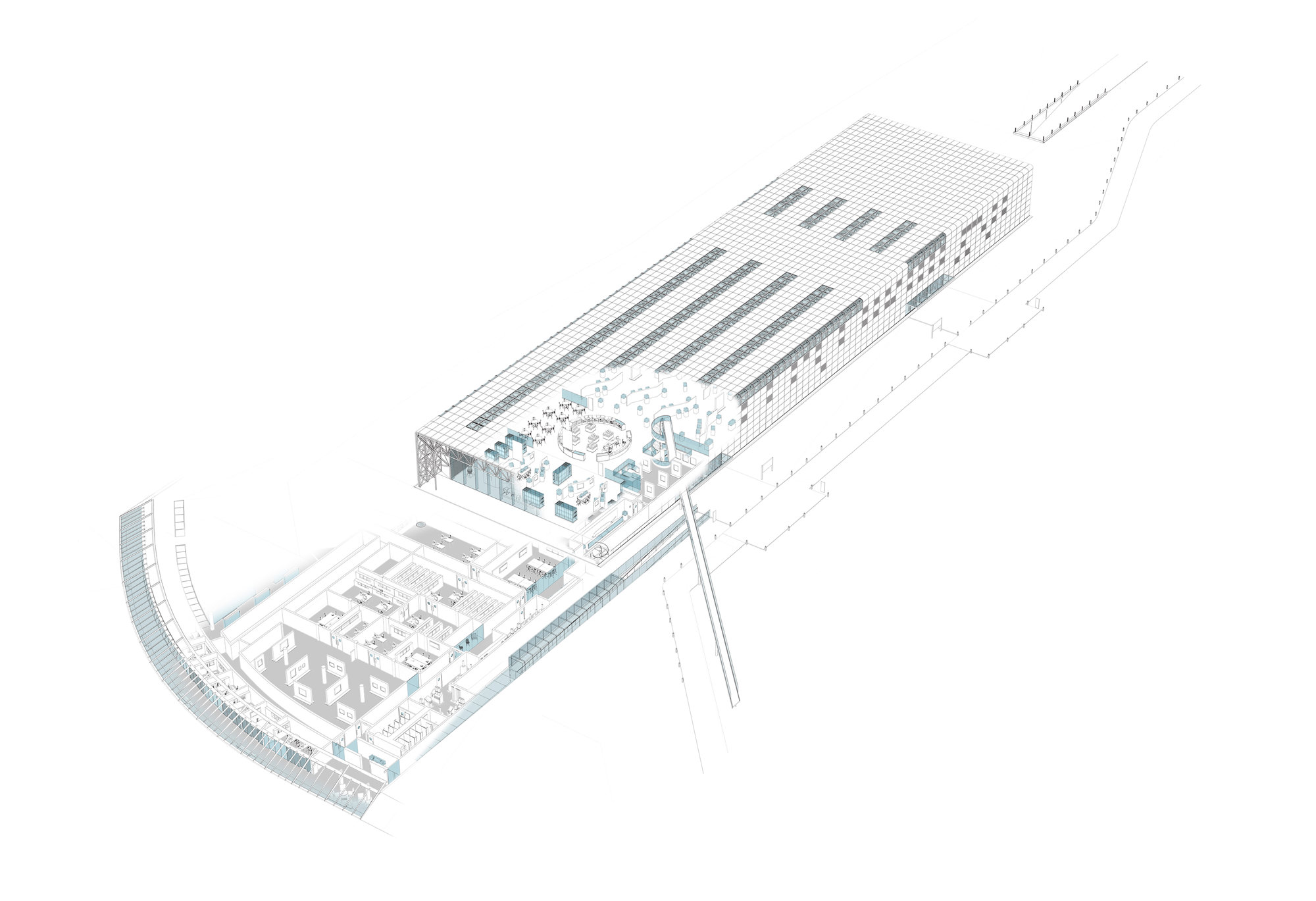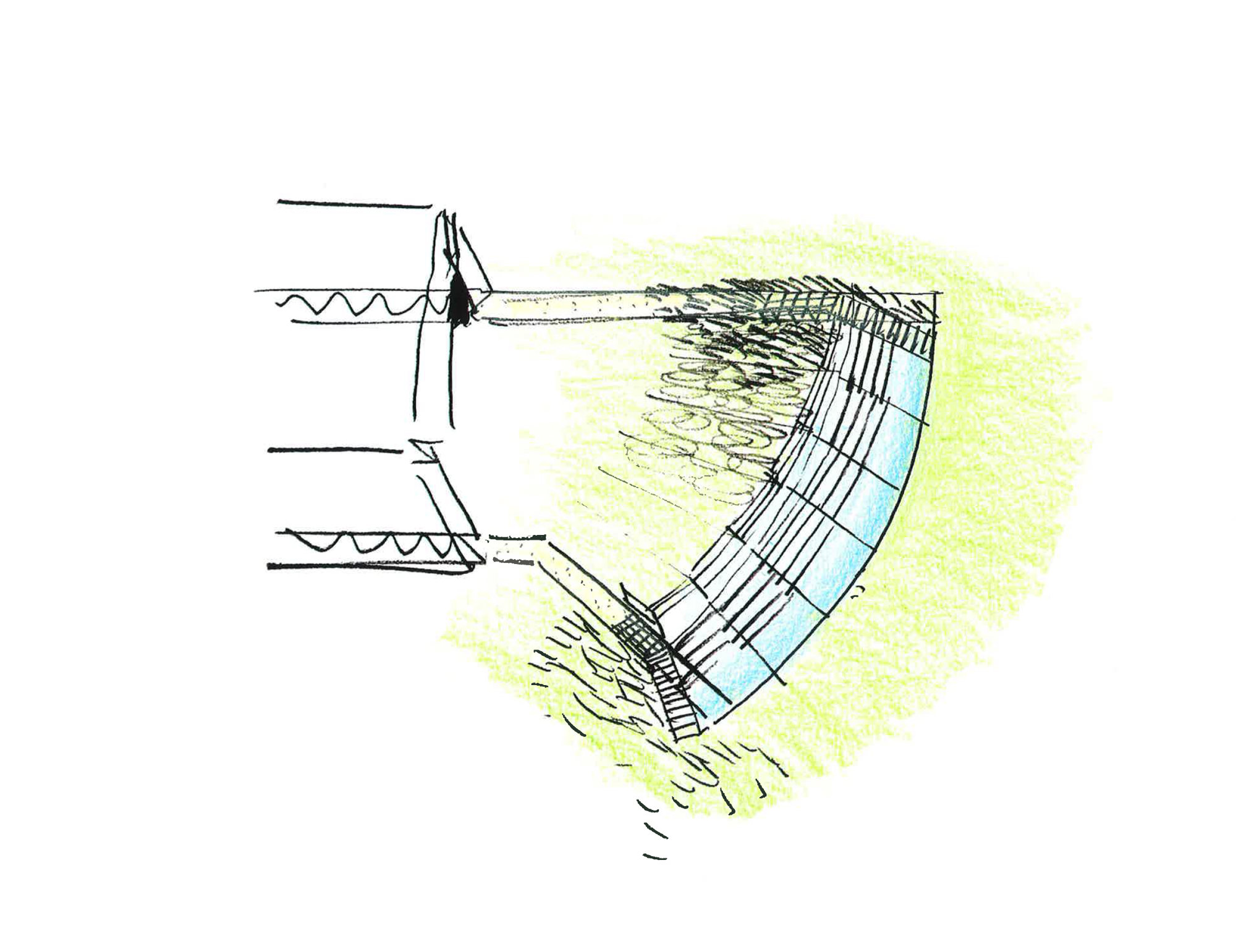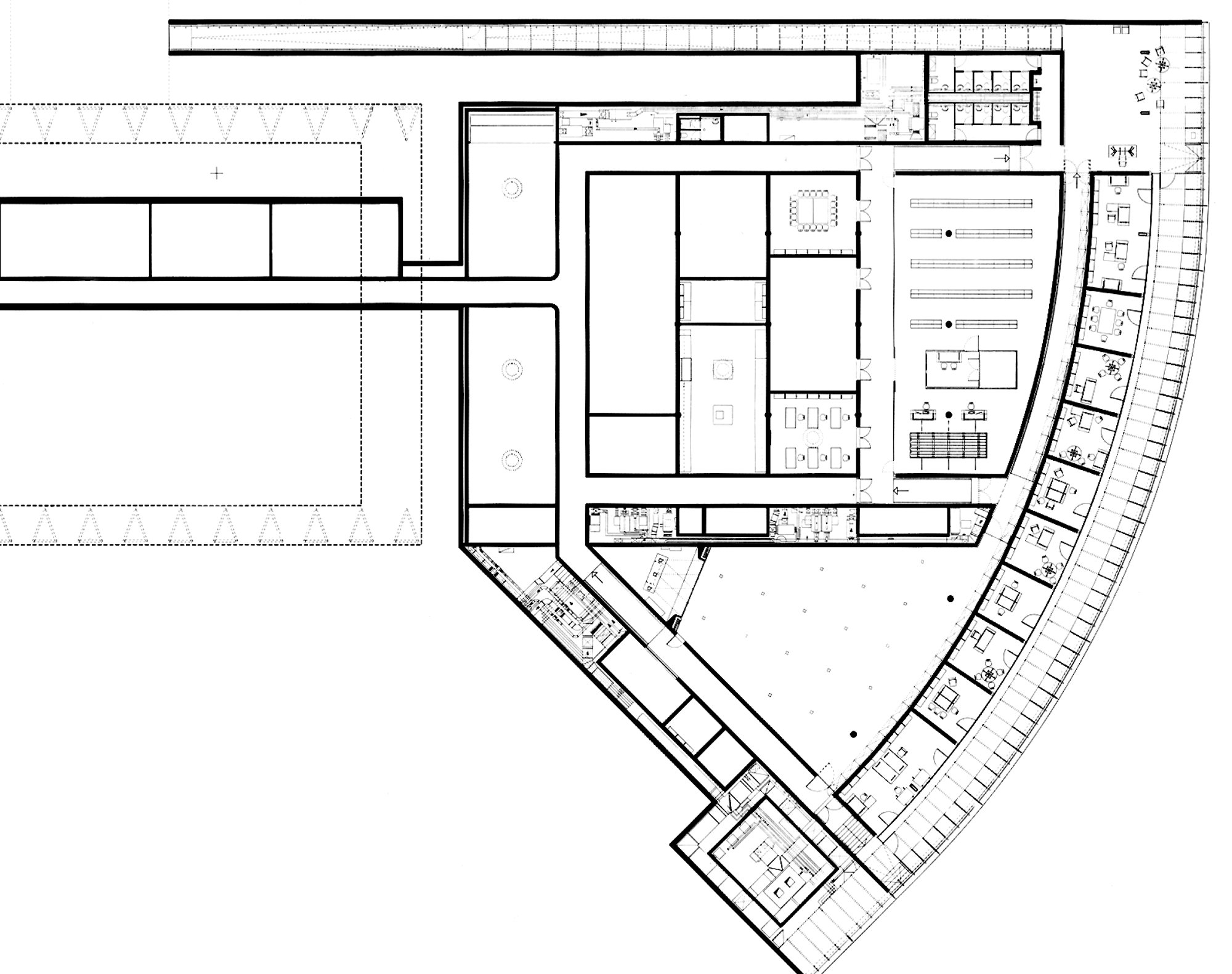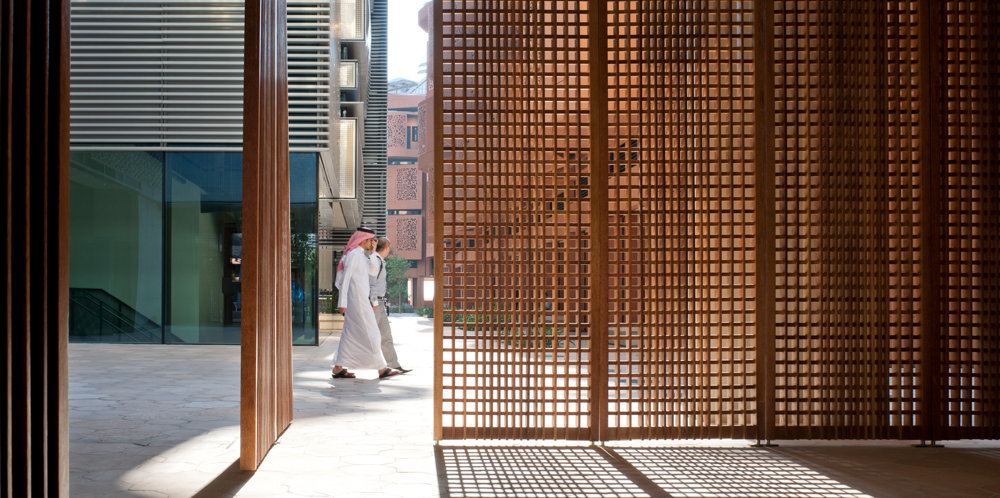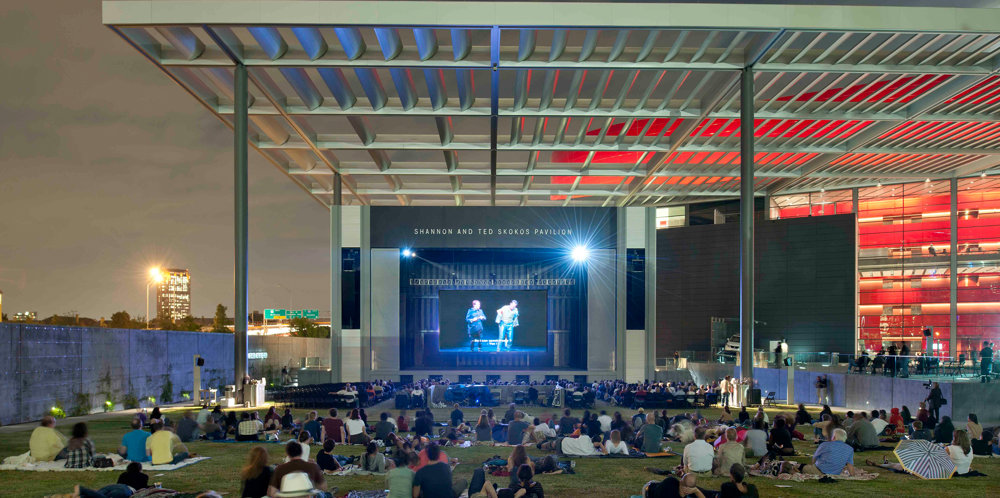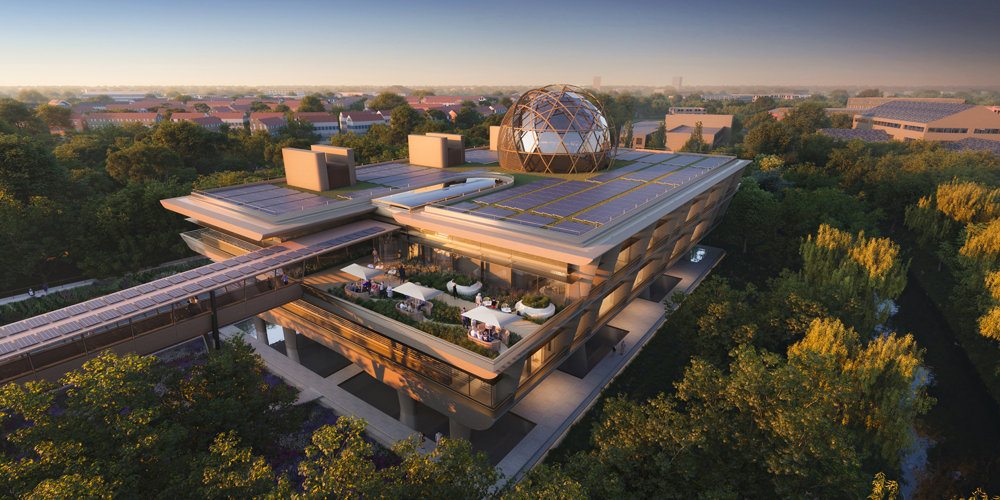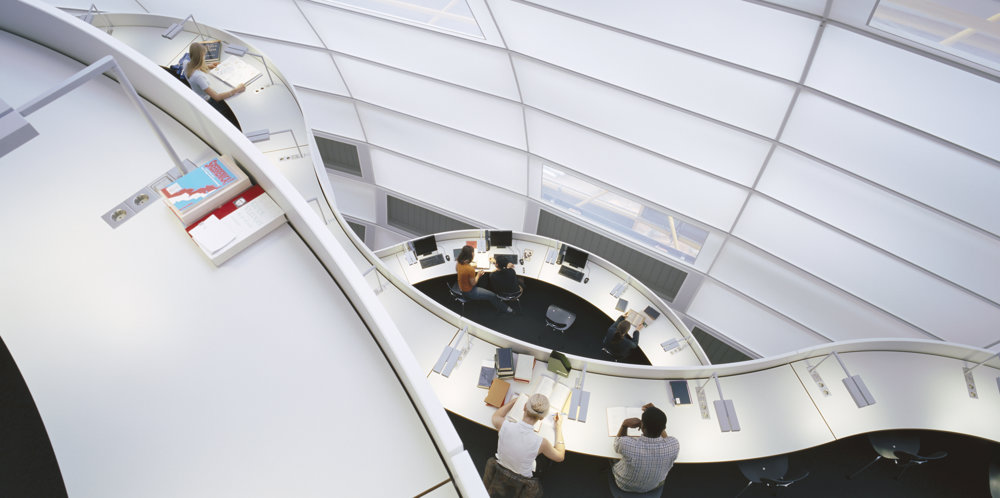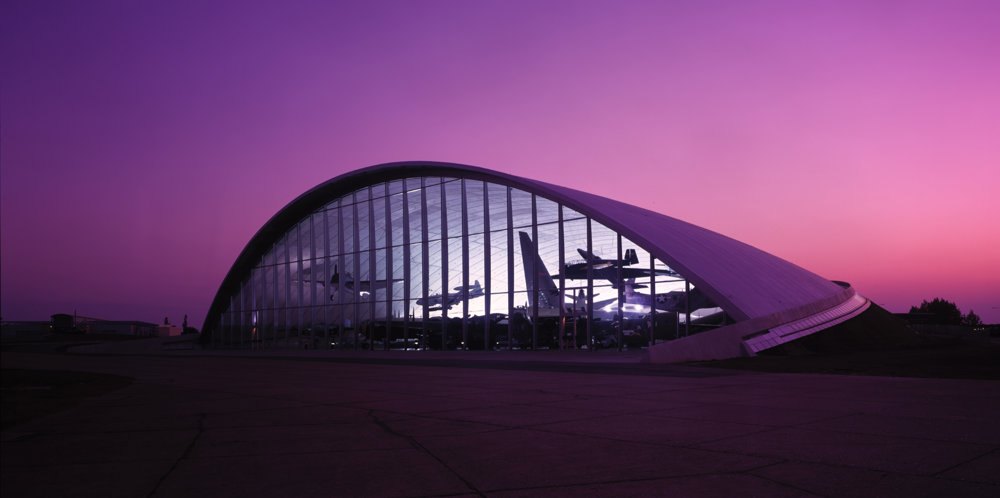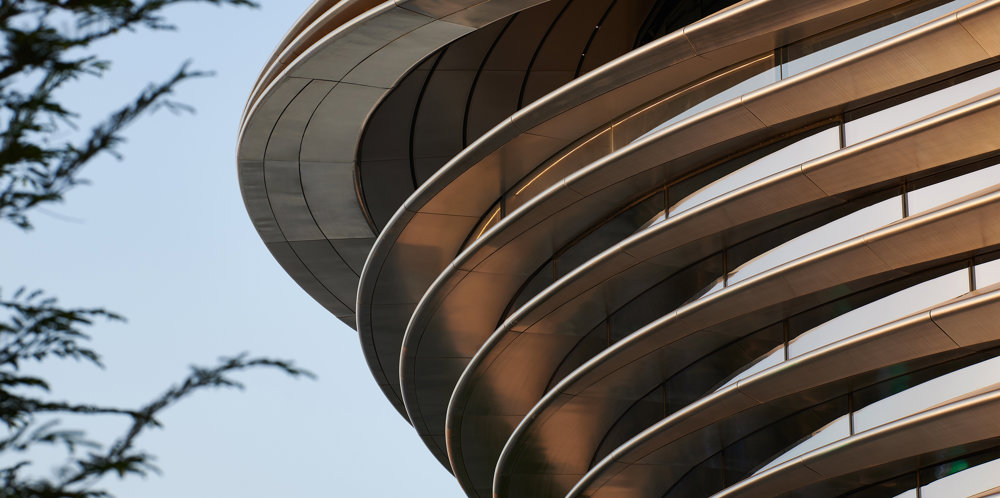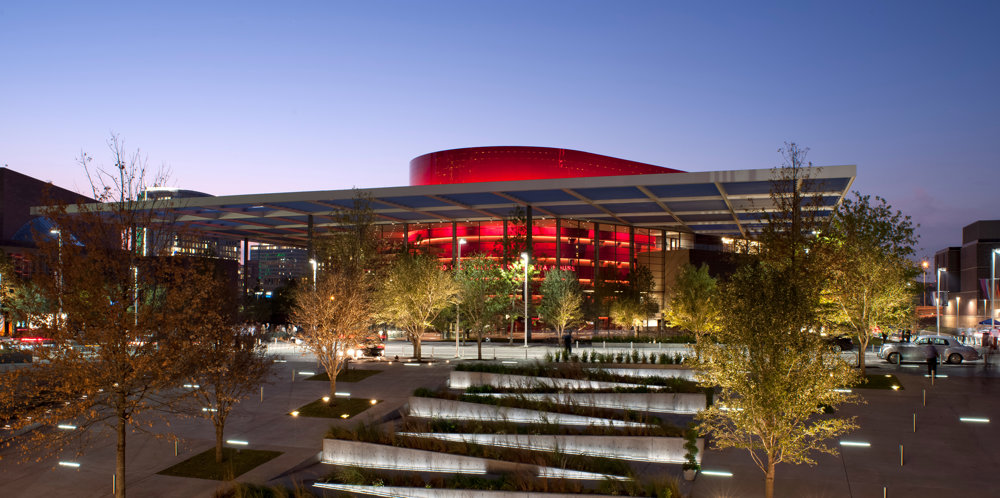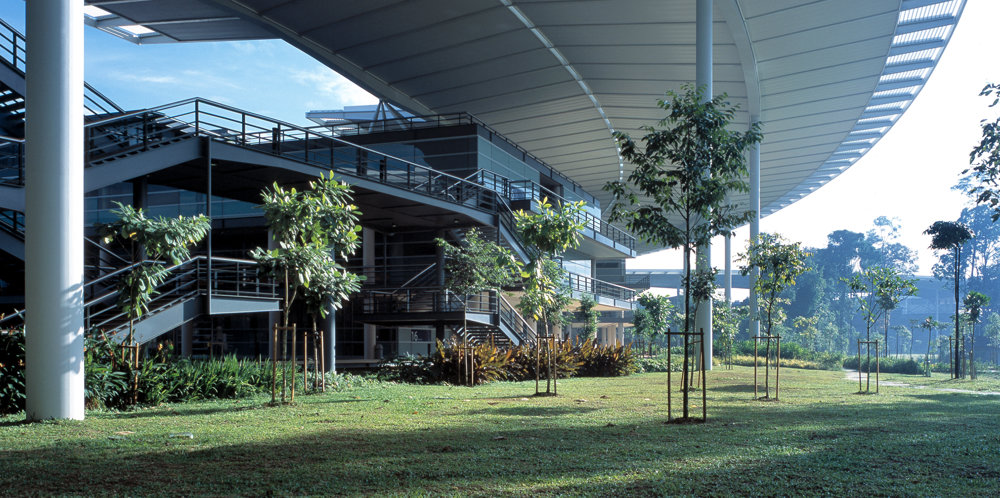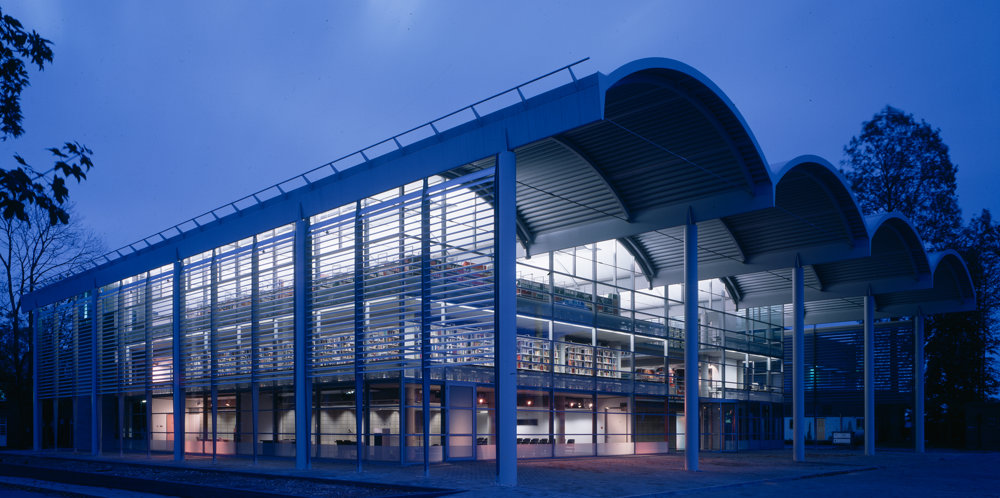The Sainsbury Centre for Visual Arts was completed in 1978. In addition to housing Sir Robert and Lady Sainsbury’s collection of modern and ethnographic art, it combines two exhibition galleries, the Faculty of Fine Arts, a common room and a public restaurant beneath a large single-span roof, and provides storage and workshop facilities in the basement. The opportunity to extend the building arose in 1988 with a major new gift from the Sainsburys to provide additional facilities. The brief included extended space for the display of the reserve collection, together with areas for curatorial preparation and conservation and a gallery for exhibitions and conferences, giving the Centre far greater flexibility in its programming.
The original building was conceived as a modular, open-ended structure capable of linear extension and the first expansion studies explored ways of ‘extruding’ the Centre itself. However, the Sainsburys saw the building as a finite object, perfect in itself, and they encouraged the practice to investigate alternative ways to provide the new accommodation. The most logical course then was to add space below ground, at basement level.
The solution lay in the natural topography of the site, with the ground to the east and south of the existing building falling away towards a lake. This slope allowed the extended basement to emerge naturally into the open, and to have its own glazed frontage onto the lake. Spaces for the study collection and workshops form a rectangular continuation of the basement, while cellular offices fan out to the south-east in the form of a glazed crescent incised into the grassy bank. Behind the glass a naturally lit circulation zone gives access to offices. The exterior gives little hint of what lies underneath. Approaching from the original building, a level grass lawn punctuated by rooflights and a narrow ramp disappearing beneath the turf provide a clue; but only from the lake is the full extent of the wing apparent in the great inclined sweep of fritted glass.









